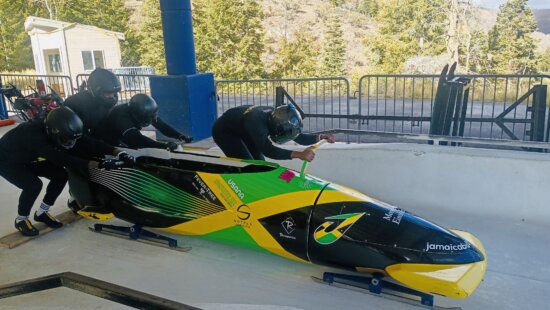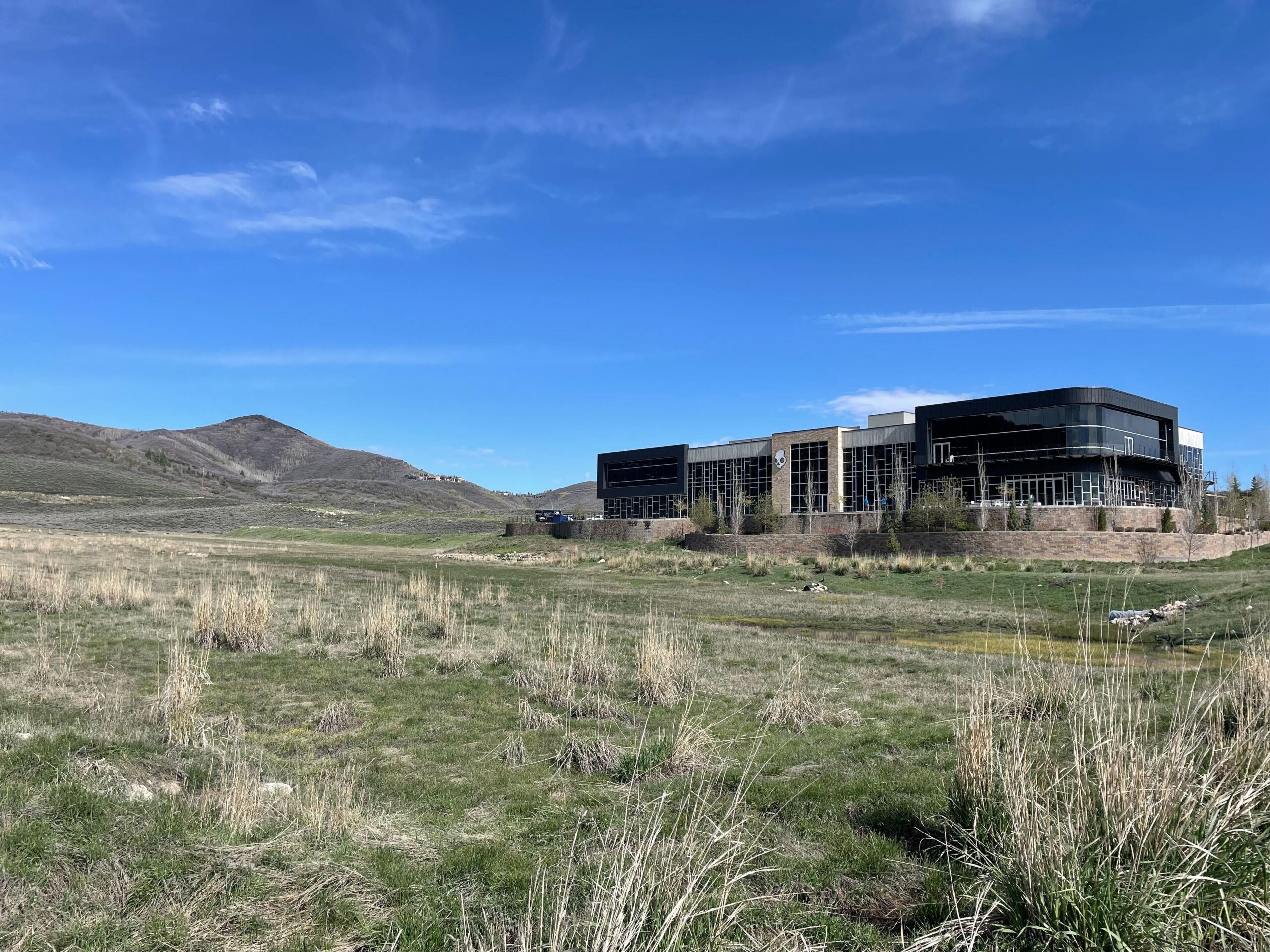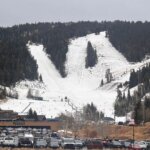Town & County
Olympic Park’s future hinges on county approval of sweeping development plan
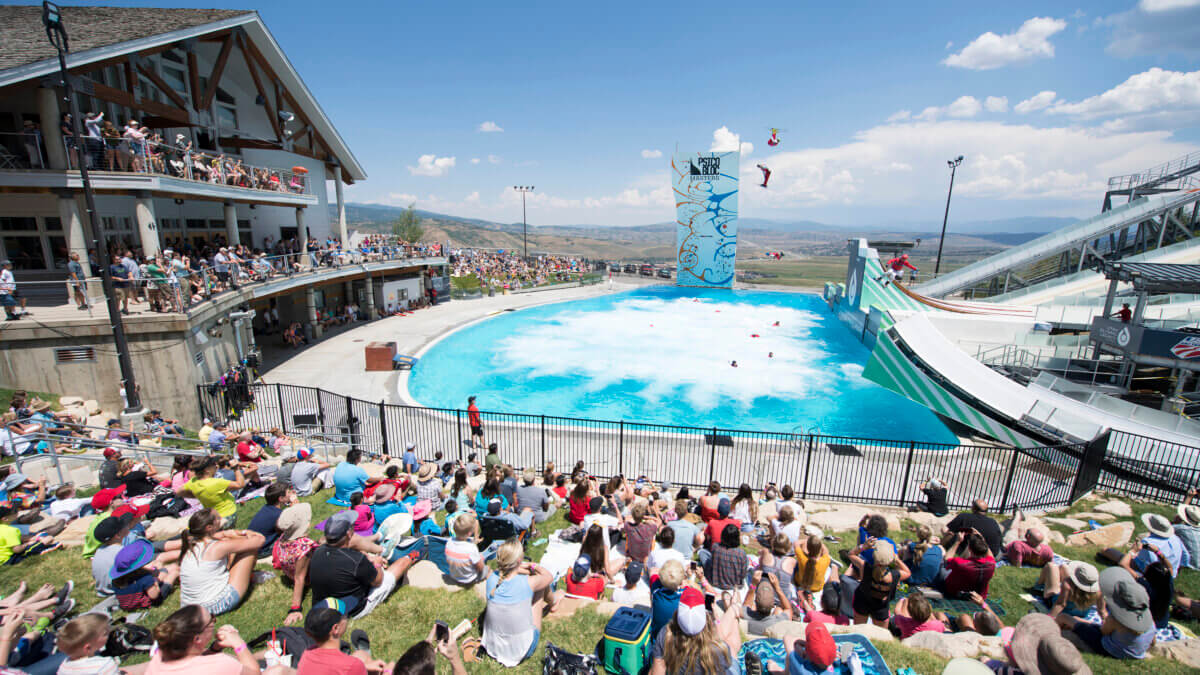
Spectator watch a show at he Utah Olympic Park. Photo: courtesy Park City Chamber & Visitors Bureau.
PARK CITY, Utah — The Utah Olympic Park’s (UOP) future — and the sustainability of Utah’s Olympic legacy — may hinge on a set of amendments now under review by the Snyderville Basin Planning Commission, where concerns about housing, traffic, and transparency collided this week with the park’s urgent financial realities.
At the center of last Tuesday night’s meeting was a proposal to overhaul the park’s Specially Planned Area (SPA) agreement, first approved more than a decade ago. The update would consolidate parcels, add height to buildings and modify how affordable housing is calculated. It would also designate the UOP as a “Major Sporting Event Venue” under Utah Senate Bill 333, a status that could unlock state-backed tax increment financing (TIF) tools as the site prepares for the 2034 Winter Olympics.
A legacy on the line
For Utah Olympic Legacy Foundation CEO Colin Hilton, the project represents a last-ditch effort to keep the park financially afloat until Olympic funding arrives in 2035.
“If we’re unable to make these updates,” Hilton told commissioners, “I’m going to erode the Legacy Fund that subsidizes what we do further. That fund started at $76 million and is down to $42 million today. My red line is $40 million — if we go below that, my nonprofit is severely compromised.”
Hilton said the development changes — including a new hotel, athlete housing, and modest commercial additions — are designed to generate steady revenue that will help sustain the park’s operations and avoid becoming a “white elephant” before the next Games.
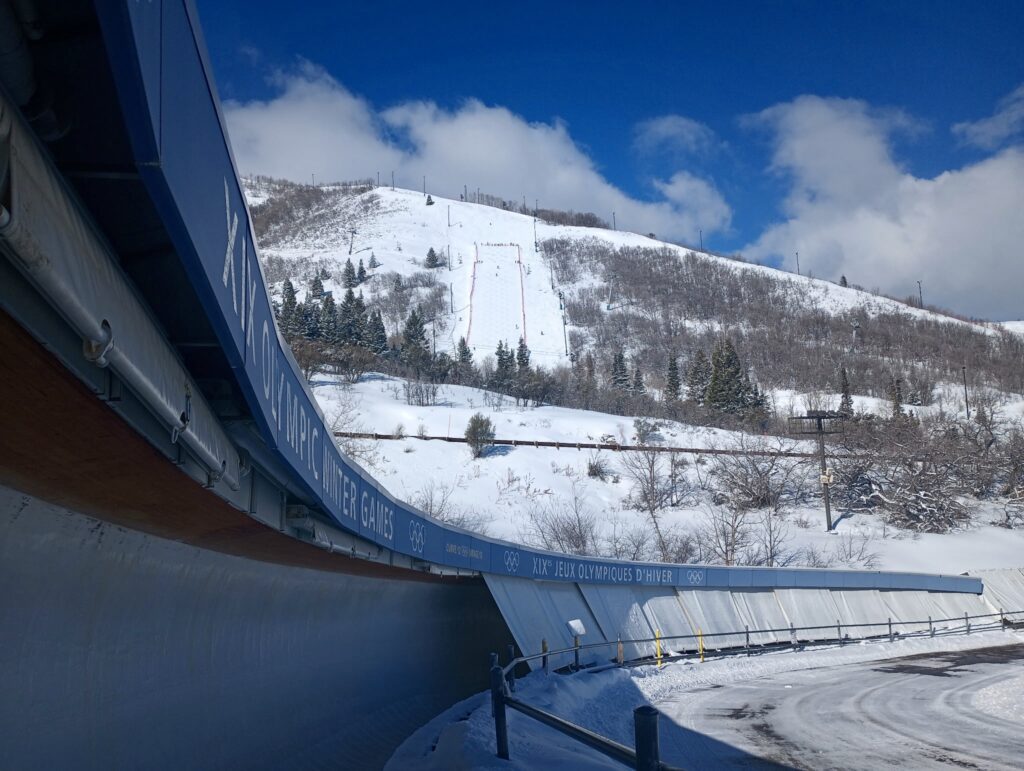
Affordable housing: “He’s not required to do any of it”
Commissioners praised the park’s first 72-unit workforce and athlete housing building, which opened in 2023, but raised questions about the fairness of the county’s current housing formula. Despite being one of the few local projects to actually build on-site housing, much of UOP’s contribution doesn’t “count” under the existing code.
“We all talk about wanting on-site workforce housing, right? He’s not required to do any of it,” one commissioner said. “And there’s a building up there with 72 units and 50 people waiting for another one. Yet only 21 of those units actually count toward the housing requirement.”
Hilton and his team asked the county to update its calculation methods, which are based on outdated federal (HUD) formulas. They proposed assigning fractional credits based on the number of bedrooms per unit — for instance, counting a two-bedroom unit as 1.5 affordable units rather than 0.8.
“Even under the current model,” Hilton said, “if we build the second building, we’ll have more than enough affordable housing to meet our obligations. This is just about fairness.”
Scale and traffic still under review
A major point of discussion Tuesday was how to interpret the phrase “maximum gross building area” in the park’s development agreement — a definition that carries big implications for how much construction the Utah Olympic Park is allowed.
Hilton told commissioners the organization is not asking to exceed 695,000 total square feet of development. Whether that number reflects an increase or a decrease from what’s currently permitted, however, depends on how the county defines the term.
According to Summit County staff, 695,000 square feet would mark an expansion of existing rights. The Olympic Park’s position is that it represents a reduction.
Because of that uncertainty and others, Community Development Director Peter Barnes said staff did not make a recommendation on Oct. 14. He cited “a significant number of unknowns,” including how to interpret the total square footage allowed under the agreement.
Roughly half of the proposed development would be clustered near the training pool, where a condominium hotel was already submitted for approval last year. The remainder would primarily consist of housing, including 10 single-family home sites near the park’s upper gate — an area already zoned for residential use under the existing plan.
The Summit County Council will ultimately decide whether to approve the amended development agreement, following a recommendation from the Planning Commission.
A new traffic study by Fehr & Peers estimates the plan would increase daily vehicle trips by about 1% compared to 2011 projections, though several commissioners questioned whether that captures current travel patterns and congestion levels around Kimball Junction.
Major sporting event venue status could bring lifeline
Perhaps the most consequential piece of the proposal is the request for the county to formally designate UOP as a Major Sporting Event Venue, a title created under Senate Bill 333. That designation could make the park eligible for state funding and tax recapture programs, allowing it to keep up to 75% of future tax revenue generated on-site.
Hilton and his partners argued the mechanism is critical for keeping the park solvent between now and 2034. “We’re not asking for new tax dollars,” said one project representative. “We’re asking to keep a portion of what’s already generated here to ensure the park stays viable and self-sustaining.”
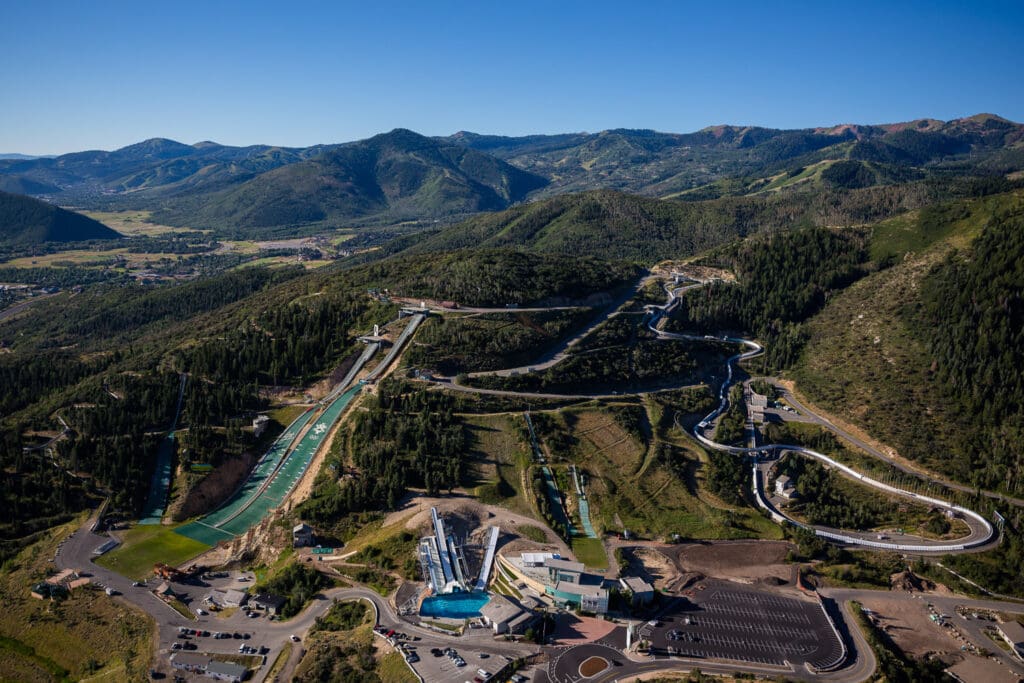
Hotel and housing phasing
The first phase of construction — centered around the freestyle pool area — would include a 120-room athlete-focused hotel with a conference facility, restaurant, and public gathering space. Developers said the hotel would be deed-restricted to prevent long-term residency and targeted toward visiting teams, families, and event attendees.
Future phases, projected through 2033, would focus on additional housing, athlete support buildings, and a small number of single-family homes at the top of the park for national team use — including U.S. Ski & Snowboard and U.S. Speed Skating.
Public pushback: Residents question park’s plans and transparency
Several nearby residents voiced support for the Utah Olympic Park’s mission but urged caution over the scope, timing and transparency of the proposed development agreement amendment.
Scott McIntosh, who lives near Bear Hollow Drive questioned whether reclassifying the Utah Olympic Park as a “Major Sporting Event Venue” under Senate Bill 333 would ultimately shift the financial burden of operating losses onto taxpayers. He also criticized the limited public notification process — noting that only two residents received notice of the meeting — and raised concerns about the size and placement of proposed workforce housing on the upper section of the park, known as Parcel 6.
McIntosh, a physician, also disputed the park’s claim that athlete housing at higher elevation would enhance performance. “The difference of 1,000 feet from the base to Parcel 6 will have essentially zero effect on high-altitude performance,” he said, urging the commission to relocate additional housing density to the base area to reduce visual and environmental impacts.
Nick Shepard, a longtime Summit County resident, echoed those concerns, warning that redefining the development’s square footage calculations could set a dangerous legal precedent for future projects. Shepard also cautioned against reducing county oversight by reclassifying some park uses from conditional to low-impact permits, saying it would be like “taking your hands off the wheel.”
Another nearby homeowner, George Velarde expressed skepticism about the profitability of the proposed hotel and the plan to build up to 10 homes on a hillside above the bobsled track, which he said is “prime moose habitat” and an established recreation area.
An open house to discuss the plans further with the public is planned in the coming weeks.
















